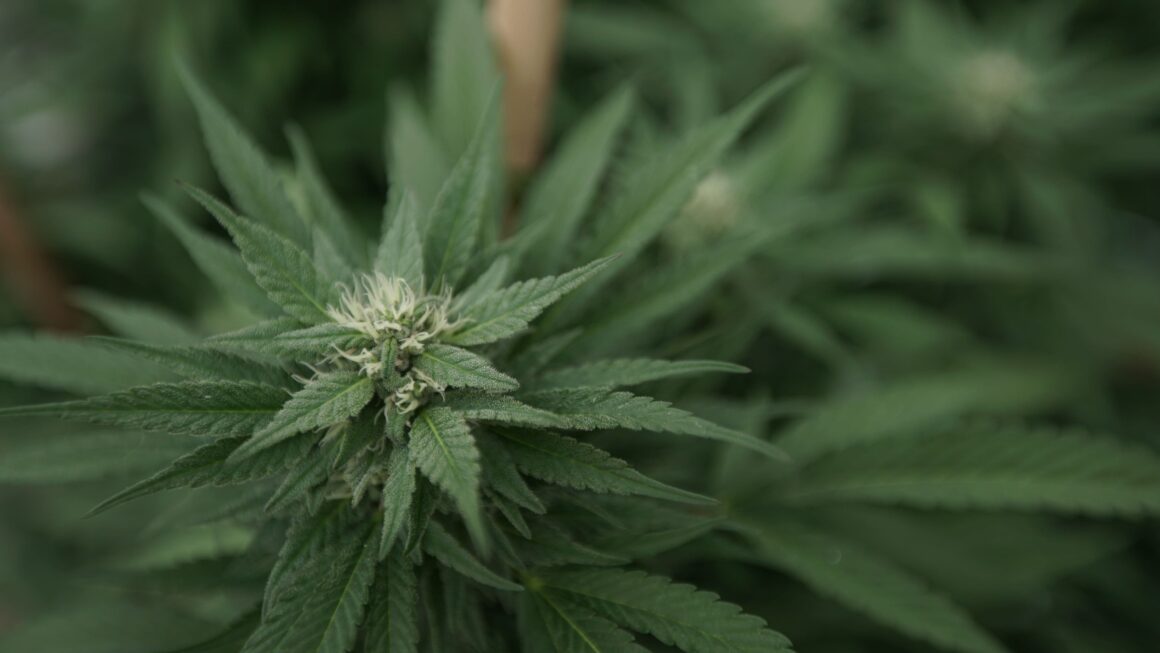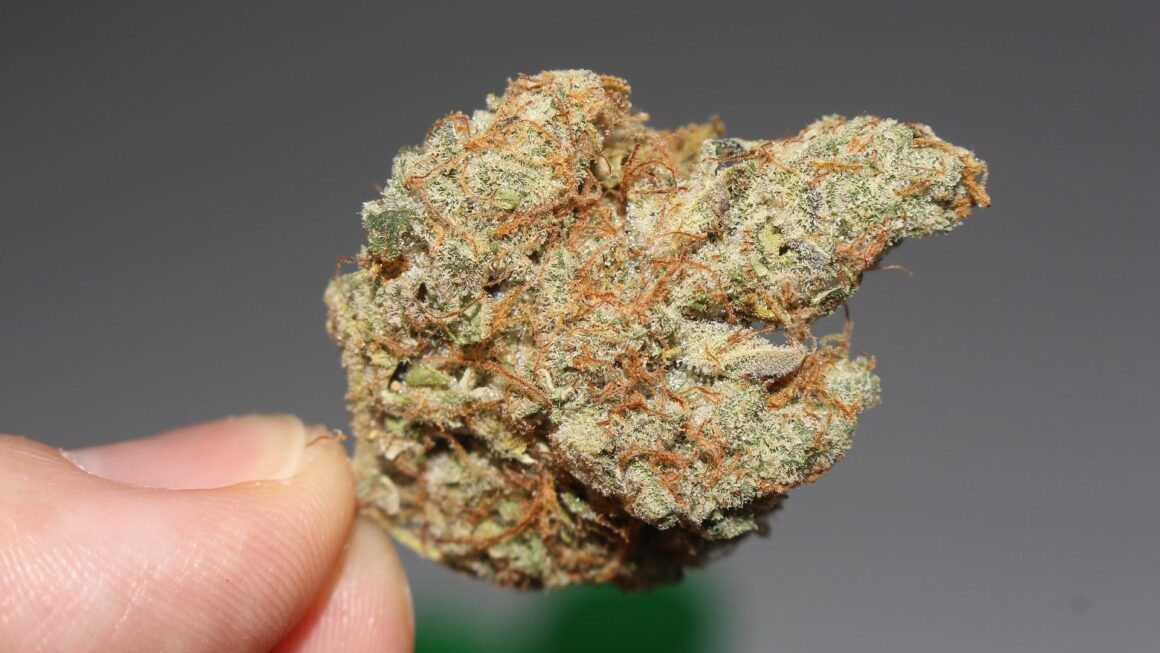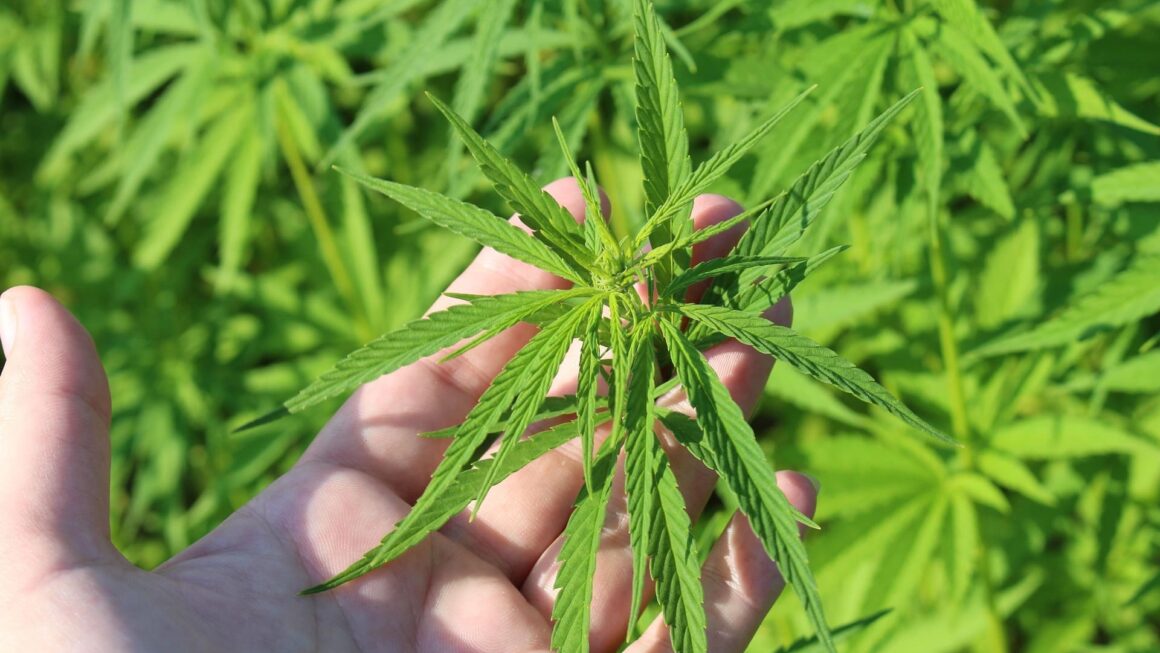Just as chakras map across the human body, so does the earth have its own spiritual hotspots. Places where energy gathers, where something bigger than us hums beneath the soil. Northern California, and the Emerald Triangle in particular, has always been one of those hotspots.
When I first set out to write this, I thought I was writing a bleak story about the wreckage of legalization. Instead, I found people whose grit and reverence turned it into something else entirely—a story of a spirit I deeply admire for enduring against all odds.
Under the Redwood Curtain
Since the countercultural heyday of the 1960s and 1970s, the name “Emerald Triangle” has carried a mythic charge. It was the kind of phrase you whispered in smoke-thick dorm rooms between bong rips and Mortal Kombat fatalities. Scrawled on the backs of ragged High Times issues passed around more than any rain-soaked Playboy pulled from the woods. Traded in trimmer camps and roadside diners like gospel—half legend, half cautionary tale.
The Triangle wasn’t a spot on the map—it was rebellion made flesh. A raised middle finger to the cubicle life we were all told was mandatory. Proof that determination, bravery, and an all-for-one ethos could hold a community together even while every badge and three-letter agency in the country had them in their crosshairs.
Until recently, the hills buzzed, dripping in sun-grown resin. But drive Highway 101 north today, and it might look like the aura has bled out.
Boarded storefronts. Greenhouses buckled. Towns once fattened on cannabis cash now sit hollowed out.
Caleb Chen, cannabis research associate at Cal Poly Humboldt, put it plainly: “Boarded-up buildings along the 101 remind those passing through that the locals have seen booms and busts before. The Redwood Curtain is still there, but its shadow is diminished.”
That’s the paradox of the Triangle: a sacred ground slowly undone by the legalization of the very craft it perfected. The community is still here, stubborn and alive—proof that passion can outlast damn near anything. But the new rules have bled the money out of the hills, and tested the marrow of the people who refused to walk away.
The feds traded flak jackets for fleece vests, sirens for spreadsheets. The raids never stopped; they simply show up as paperwork and taxes now.

Echoes of a Fading Boom
There was a time when these hills burned with life. Hidden homesteads doubled as nurseries and classrooms. Neighbors built farms shoulder to shoulder, competition be damned. If your greenhouse collapsed, someone was there with a hammer and a six-pack. Towns pulsed like open veins, cash flooding into cafés, hardware stores, and bars.
Jason Gellman at Ridgeline Farms—gold medal grower behind cult strains like Lantz and Blueberry Caviar—has seen the hills thin out, families vanish season by season. “Too many farms are empty,” he told me.
That absence spreads like a bruise under the skin. Green weed dollars that once kept the local economy spinning now vanish before they hit the ground. Eliza Pires from Sanctuary Farms has felt the same collapse: “The influx of cannabis cash flow has slowed to a halt…”
Mountain life was never easy. Cannabis made it bearable.
As Judi Nelson of Sol Spirit told me, the neighborhood is emptier now, the community smaller with every season.
What’s left is a quieter country. The ridgelines and rivers haven’t changed. But the soul feels thinner. Empty driveways. Fewer headlights on the backroads. Fewer friends when the shit hits the fan.
The Land as Anchor
Through every bust, every chopper in the sky, every bureaucratic chokehold, the constants remain: earth, water, climate.
That’s what’s kept people alive. That’s why their weed still smokes circles around the rest of the world. Jason put it like only a farmer can: “The soil, the weather, the seasons… they’ve never stopped giving back.”
Eliza describes their tie to the land in near-spiritual terms, a relationship that has only deepened. They haven’t bent their methods to an industry drunk on shortcuts. What’s changed is the weight. The pressure of carrying forward lessons handed down by the ones who came before.
Joseph Haggard at Emerald Spirit Botanicals treats the ground like scripture, sacred as blood. This year, they collect stone and water to carry down to the Eel River’s brackish mouth, then harvest river water and shells to return to the headwaters. A ritual exchange. Mountain to ocean. Binding the cycle like a pact that can’t be broken.
“The steady rhythmic sound of waves crashing into the sand, and the changing of the tides reminds us,” Joseph says, “that amidst the chaos of a rapidly changing industry, Mother Nature maintains a much larger cycle allowing us all to exist on this planet together.”
Judi roots her survival in gratitude: clean air, clean water, open space. Human birthrights hijacked and rebranded as luxuries by the suits and power brokers. Most Americans never experience them, and maybe that’s why daily life feels like a slow-motion crashout.
But the land—the thing that dragged rebels and dreamers up these ridgelines in the first place… the land endures.
The Outlaw Ethic
The Emerald Triangle was never an industry. It was a worldview. Rebellious. Defiant. Written in calloused palms, dirt under the fingernails, and the freedom to live however the hell you want.
That truth hasn’t wavered, even as the state reduced it to another widget stamped with barcodes and excise taxes. In the hills, cannabis is duty. And for the cultivators who’ve bled in the dirt and stared down raids, carrying that duty forward is less a choice than a vow.
Joseph lives it through Emerald Spirit’s three-day Celebration of the Waters Ceremony. An outlaw ritual held on riverbanks, communion poured from mountain to sea.
For Judi, the ethos can be summed up in one word: freedom. Cannabis bought more than groceries. It bought time. Time to raise kids without handing them to strangers. Time to build a school rooted in local values. Time to support artists, to volunteer, to live on their own terms.
These beliefs reveal a people who measure success with markers the rest of America doesn’t even recognize.

The Price of Going Legit
Legalization was more than money or paperwork; it was a forced mutation. Farmers had to become something foreign, something unnatural to the life they’d carved for themselves.
Now it was optics, branding, compliance. An industry stage run by slick operators with deep pockets, fat off hustles that never dirtied their hands.
Plenty of legacy farmers couldn’t make the pivot. We all know the brands that never found their footing, stumbling through ad-libbed lines when the market demanded a tight script. The machine ate them alive.
For Judi, legalization demanded a new kind of farmer: part influencer, part salesperson, part compliance officer. Eliza echoes that grind: “In our case, we’ve stepped into branding, marketing, promoting, and advocacy.”
For Rob Masterson from A Golden State—Shasta County farmers—adapting to the new system meant losing some of the nostalgic charm that defined legacy cannabis. Joseph called it for what it is: “The regulations force small farms into a system they don’t fit.”
Or as Caleb put it, blunt as ever: “… because the stakeholders that made the rules do not understand the region.”
Their livelihood thrived on shadows and trust. The legal industry demands exposure. Signatures. Barcodes. TikTok reels. A constant performance for an audience that can sometimes feel over-saturated.
For small farmers, it’s like learning a new language overnight, a code-switch of brutal proportions. The ones who remain are monuments of raw resilience. Scarred, maybe, but unbroken.
The Past That Refuses to Die
Everything has shifted in the last decade, but memory is one thing that doesn’t buckle.
Joseph reaches all the way back to when he was a kid running barefoot through the dirt: “I grew up in a teepee, living and sleeping under the stars… Community gatherings were frequent.” That communal blood still pumps through the way they run their farms and co-ops, a torch passed from firepit circles to greenhouse rows.
Others remember the craft itself, the rituals baked into muscle memory. For Rob, it was tending crops at sunset, spraying leaves, watching the light fold across rows of green.
Cannabis gave these folks time to live by their own code instead of someone else’s.
Others, like Eliza, tether their stories to land and water: “The river holds so many memories and feelings of home for me.” Decades spent carving a safe haven from raw earth hardened into a vow: never quit, never sell out, never abandon the river.
Jason’s memories carry the paranoia of survival: “One memory that sticks with me is hearing helicopters before you could even see them.” Afterward, neighbors checked in, made sure no one was missing, no one had been raided.
These memories remind farmers that the hills aren’t defined by collapse or by what’s been stripped away. Solidarity. Craft. Community. Freedom. The past remains a blueprint, not a ghost.

The Ones Who Won’t Bow
So what’s left in this Shangri-La of cannabis? What path forward can these farmers carve for themselves? The answer’s a whole hell of a lot, if you take the time to listen.
To Jason, the only way through is to stay real: let the plants and the hills speak louder than the packaging. No gimmicks, no shiny baggies—strains and stories that come straight from the land.
Others are more direct: the Prop 215 days of small growers making a living wage are gone. Still, even they admit there’s oxygen left for a market that prizes unique cultivars over generic shelf-fillers.
Some farms bank on a core of consumers who still care about quality more than flash, like Sanctuary Farms, which hold faith that connoisseurs will keep small farms alive, and maybe force the rest of the market to step it up.
Judi sees the lifeline in interstate commerce: “We must be able to send our sungrown out of California. Think Wine Club for cannabis.” Sungrown shipped across state lines. Instead, we’re stuck with a patchwork of state regs that force cannabis into concrete bunkers and energy-hungry lights in climates that shouldn’t be growing weed at all. An environmental travesty, paid for in carbon.
Joseph sees the way forward in solidarity, farmers pulling together instead of going it alone. And Rob imagines a model borrowed from beer and wine, where small farmers who partner with local dispensaries “… could create branded, consumer-packaged goods and sell their flower. Small farmers can thrive with microbrew-style models.”
Every plan here makes the same bet: demand isn’t dying. As long as people need cannabis to manifest, modulate, or medicate against the sheer madness of American life, the customer pool will never run dry.
What might vanish is the soul of where it comes from.
The Triangle Still Breathes
The iconoclast economy is gone. Towns are thinner. Too many farms sit quietly. But the hills were never built on money alone. They were built on nerves and the raw will to keep going when everyone else told them to quit.
That’s what still lives here. A blood-deep refusal to let the story end.
Jason said it straight: “Humboldt is cannabis. Always has been, always will be. And as long as I’m here, I’ll keep telling our story—real, raw, and rooted in these hills.”
Hardened, but never abandoned.
The guardians remain. Keepers of the Hidden Hills.
And as long as they stand, the Triangle won’t fall.
Special thanks from the author: To the growers and community members who bled out their truths for this story—your words carry it. This story is yours. I only held the pen.
This article is from an external, unpaid contributor. It does not represent High Times’ reporting and has not been edited for content or accuracy.





